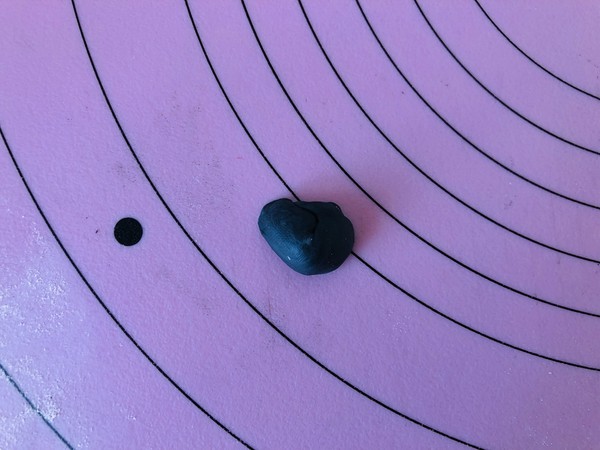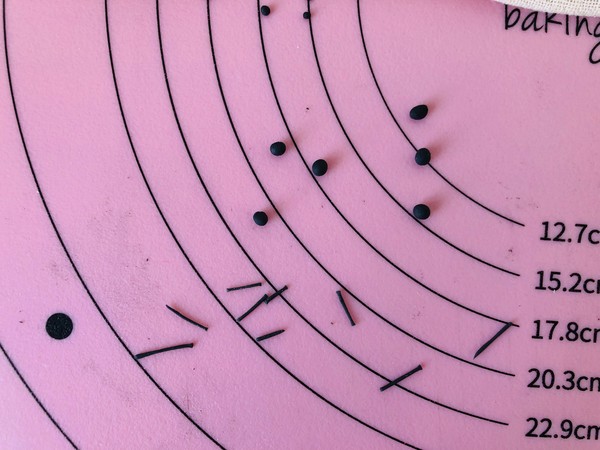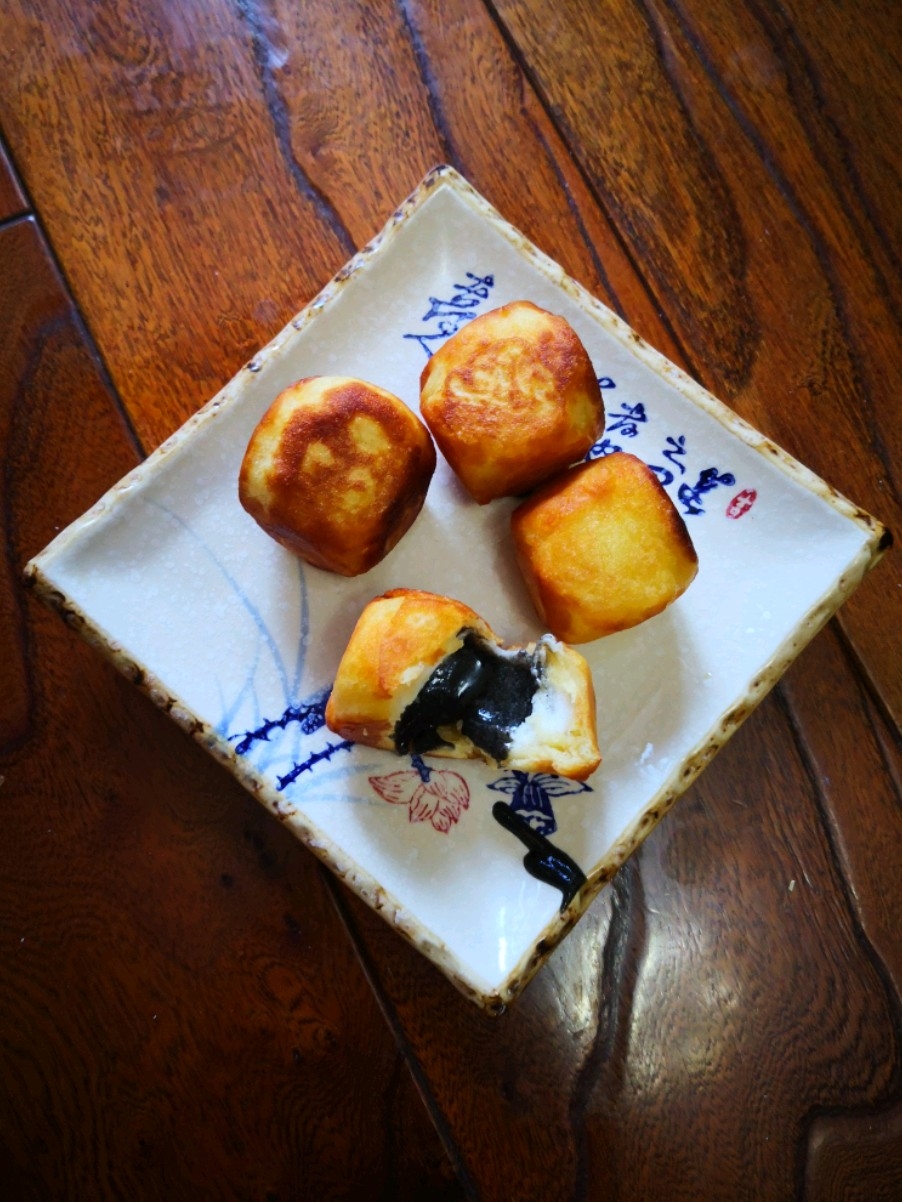Bunny Buns
1.
Pour all the ingredients except red yeast rice powder, bamboo charcoal powder, and black sesame powder into a bowl and stir into cotton wool. Then knead it into a smooth dough. The total weight of the dough after kneading here is 191 grams.
2.
Divide the kneaded dough into 1 part of 6 grams of dough, and divide the remaining dough into 3 equal parts, each about 62 grams.
3.
Add appropriate amount of black sesame powder, red yeast rice powder and bamboo charcoal powder to the 3 doughs respectively and knead them into smooth gray, pink and black doughs.
4.
Cut the kneaded gray dough from the middle and divide it into 2 portions, each about 33 grams.
5.
Divide the 33 grams of gray dough into 3 parts to make the rabbit’s head (18 grams), body (9 grams), ears + arms (7 grams), and then divide the 7 grams of dough into 4 parts. Rabbit’s ears and arms have more dough to make ears than arms, because the ears will be longer.
6.
Knead 18 grams of gray dough into an oval shape, and 9 grams of dough into an egg-like shape.
7.
Knead the 4 small pieces of dough into a drop shape. The dough used to make the ears is more than that of the arm. Knead the ears into a drop shape and make an impression in the middle.
8.
Put the finished ears and arms on the bun paper so that the whole outline of the bunny comes out.
9.
Use the same method to finish all the remaining dough.
10.
Roll 6 grams of white dough into thin slices, and use a straw to press out 12 small round pieces.
11.
Take out about 2 grams of dough from the remaining white dough and add an appropriate amount of bamboo charcoal powder to knead it into a black dough.
12.
First rub out small balls to make the eyes (12 parts) and nose (6 parts) of the rabbit.
13.
Roll the remaining black dough into a long strip to make a mouth.
14.
Paste the finished facial features on the rabbit's head, so that a complete rabbit is completed.
15.
Use the same method to finish all the remaining dough.
16.
Use the remaining dough to make a few mini radishes.
17.
Under normal circumstances, the fermentation is 1.5 times larger. Because the dough is also fermenting during cooking, put it directly into the steamer, steam for 10 minutes, turn off the heat and simmer for 3 minutes.
18.
The steamed buns are soft and sweet, and they are not stressful to eat. You can put it in a fresh-keeping bag if you can't finish it at a time. If you are not in a hurry, put it in the refrigerator and heat it up in the steamer next time.


Tips:
Tips:
1. Different brands of flour have different water absorption properties, so milk can be added in stages according to the hardness of the dough.
2. When kneading the dough, rub the dough back and forth with the roots of the palm of your hand, like washing clothes, be sure to knead completely smooth.
3. The hardness of the dough should be moderate, not too soft or too hard, too soft or too hard will affect the plasticity.
4. During the whole production process, the dough must be covered with wet cloth or plastic wrap to prevent the dough from drying out.
5. When the dough is fermented, the oven can be used to ferment. It can also be fermented in a warm indoor place. If the temperature in the room is low, it must be fermented with warm water. The water temperature is not hot.
6. It can be steamed on medium heat for 8-10 minutes. After steaming, simmer for 3 minutes before opening the lid. The steaming time is related to the size of the steamed bun and can be adjusted flexibly.



























